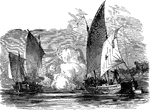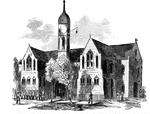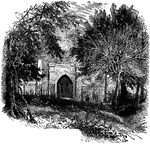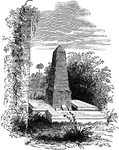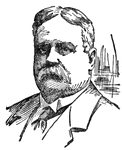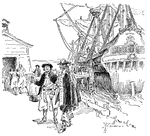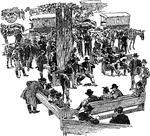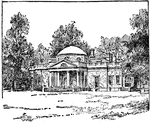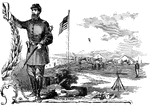
Aid-de-camp
"New Jersey Camp at Arling, Va., designated as Camp Princeton in honor of one of the Revolutionary battle…

Battle of Bull Run
The First Battle of Bull Run, also known as the First Battle of Manassas, was the first major land battle…

First Battle of Bull Run
The First Battle of Bull Run is also known as the First Battle of Manassas and was the first major land…
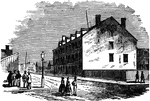
Castle Thunder
Castle Thunder, located in Richmond, Virginia, was a former tobacco warehouse located on Tobacco Row,…

Battle of Cedar Mountain
"Battle of Cedar Mountain, fought Saturday, August 9th, 1862, between the Federal troops commanded by…

Ruins of Chancellorsville
The Battle of Chancellorsville was a major battle of the American Civil War, fought near the village…
Constitution Ratification Cartoon
Political cartoon from the Boston Intependent Chronicle June 12, 1788 regarding Virginia's…
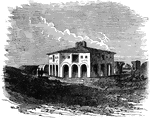
The Block-House in Craney Island, 1813
Craney Island is a point of land in the independent city of Portsmouth in the South Hampton Roads region…

Early Settlers
During this early period Virginia's population grew with the introduction of settlers and servants into…

Fair Oaks
The Battle of Seven Pines, also known as the Battle of Fair Oaks or Fair Oaks Station, took place on…

Thomas Fairfax
Thomas Fairfax, 6th Lord Fairfax of Cameron (October 22, 1693 – December 9, 1781). Various place…
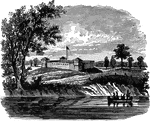
Fort Harrison, on the Wabash
Fort Harrison was an important component of the Confederate defenses of Richmond during the American…

Fort Runyon
"Section of Fort Runyon, Va., guarding the road to Alexandria, occupied by the Twenty-first Regiment,…
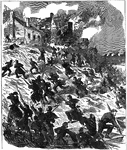
The Attack on Fredericksburg
The Battle of Fredericksburg, fought in and around Fredericksburg, Virginia, from December 11 to December…
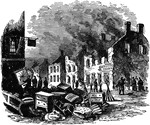
Scene in Fredericksburg on the Morning of Dec. 12, 1862
The Battle of Fredericksburg, fought in and around Fredericksburg, Virginia, from December 11 to December…
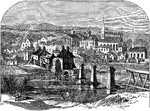
Fredericksburg, VA
Fredericksburg is an independent city in the Commonwealth of Virginia located 50 miles south of Washington,…

Headquarters of General Butterfield
"Headquarters of General Butterfield, near Harrison's Landing, James River, Va." —Leslie, 1896

Greenway Court
Greenway Court was an estate of Thomas Fairfax, 6th Lord Fairfax of Cameron in Clarke County, Virginia,…
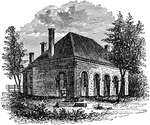
Hanover Courthouse
Hanover County Courthouse is the place where Patrick Henry practiced law and argued the case accusing…

Harrison's Landing
Harrison's Landing at Berkeley Plantation is one of the first great estates in America located on the…
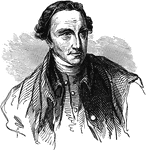
Patrick Henry
Patrick Henry (May 29, 1736 - June 6, 1799) was a prominent figure in the American Revolution, known…
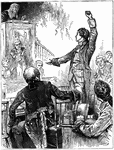
Henry, Patrick, Give me liberty or give me death!
A drawing of Virginia Convention in 1775, at St. John's Church in Richmond, Virginia, when Patrick Henry…

Statue of Patrick Henry at Richmond, VA
Statue of Patrick Henry, American Revolutionary, in Richmond, Virginia.
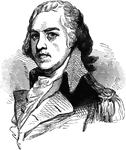
Henry Lee
Henry Lee III (January 29, 1756–March 25, 1818) was an early American patriot who served as the Governor…

Libby Prison, Richmond
Libby Prison was a Confederate Prison at Richmond, Virginia, during the American Civil War.
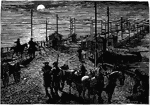
Soldiers Guarding Long Bridge
An illustration of soldiers guarding Long Bridge in Arlington, Virginia.

Montpelier: The Home of James Madison
Montpelier was the estate of James Madison, fourth President of the United States.
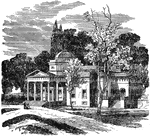
Monticello, Jefferson's Estate
Monticello was Thomas Jefferson's estate in Charlottesville, Virginia. It was built in 1809 and appeared…
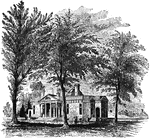
Monticello, Jefferson's Home
Monticello, located near Charlottesville, Virginia, was the estate of Thomas Jefferson, the principal…

Montpelier, Madison's Estate
Montpelier was James Madison's estate in Orange, Virginia. It was built in 1724.
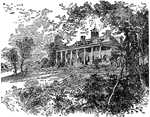
Mount Vernon
An illustration of Mount Vernon which is located near what is now Alexandria, Virginia. Mt. Vernon was…
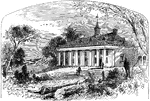
Mount Vernon
Mount Vernon, located near Alexandria, Virginia, was the plantation home of the first President of the…
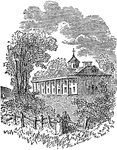
Mt. Vernon
Mount Vernon, located near Alexandria, Virginia, was the plantation home of the first President of the…
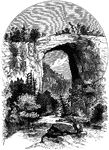
The Natural Bridge in Virginia
Natural Bridge in Rockbridge County, Virginia is a geological formation in which Cedar Creek has carved…
Occupation of Norfolk
"Occupation of Norfolk, VA., by the Federal troops- view of the city- Federal vessels at anchor." —Leslie,…
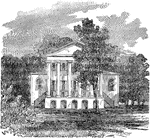
Oak Hill Plantation, Monroe's Estate
Oak Hill Plantation was James Monroe's estate in Loudoun County, Virginia. It was built for the fifth…

Officer's Tents
"New Jersey Camp at Arling, Va., designated as Camp Princeton in honor of one of the Revolutionary battle…

Landing at Parkersburg
"Landing of Federal troops at Parkersburg, Western Virginia. Parkersburg, Va., in 1861 was a thriving…
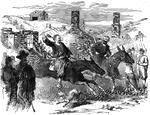
Passage of the Potomac
"A street in Harper's Ferry, VA., during the passage of the Potomac by the Federal troops from Maryland,…

Camp Princeton
"New Jersey Camp at Arling, Va., designated as Camp Princeton in honor of one of the Revolutionary battle…

